By Esther Yeung
It was not a typical weekday evening for me. Yet there I was, seated on the wooden floorboards of a room filled with migrant workers. In a small space above a restaurant in the Little India district, I listened to them talk about their jobs and life experiences in Singapore. But I was most intrigued by the story of 29-year-old Mohammad (not his real name) from Bangladesh. He’s switched jobs three times in the eight years he’s been here, but on his most recent stint he fell 2.6 metres and injured his upper and lower back, right elbow and head.

Where I’m from (Wisconsin, USA), migrant workers are almost unseen or unheard of. It therefore surprised me to see so many of them upon my arrival in Singapore for an overseas internship. Intrigued, I became curious about their stories: why had they left their families back home and how has life here been treating them? More specifically, since most of them hold labour-intensive jobs (working in construction or shipyards), I assumed a higher incidence of injuries and wondered about their access to healthcare. My curiosity led me to connect with the migrant worker community through a local social organisation, which explains how I found myself chatting with Mohammad and others in a small room at Little India.
Mohammad’s story isn’t unlike many others I came to know of, either through my conversations with the workers themselves, or via the various groups assisting this community. Their stories are largely similar: they sustain a work-related injury (usually serious), their health insurance cannot cover treatment beyond a certain point, and they are vulnerable to being sent home in debt. Although there are steps they can take to seek rightful medical compensation and protect themselves against forced repatriation, many are unaware of their legal entitlements or don’t know where to obtain the information. And when they do find themselves in such a plight, they become, for lack of a better description, worried sick.
Pre-existing Laws and Entrance
Singapore’s migrant workers come from numerous countries, including China, India, Myanmar and Bangladesh. Making up approximately 20 per cent of the population (numbering around one million), they generally assume low and mid-skilled jobs in labour-intensive industries such as construction, shipyards and manufacturing. There are several government policies relating to the hiring and regulation of migrant workers and which impact their interactions with the healthcare system.
The first among these is the Employment of Foreign Manpower Act (EFMA). Entrance into Singapore for workers is managed under EFMA; this act also regulates work passes and permits, and dictates different regulations for different skillsets of foreign workers. Most workers in labour-intensive industries hold a Work Permit as semi-skilled foreign workers. These passes are applied for by an employer, with no minimum salary required, for a maximum of two years at a time. One precondition for granting this permit is the guarantee of medical insurance for each employee. This is because the inherent nature of labour-intensive jobs places workers at a higher risk of injury. Employers must therefore cover at least S$15,000 of medical insurance for each Work Permit holder, and have at least $36,000 of medical expenses coverage for workplace-related injuries.
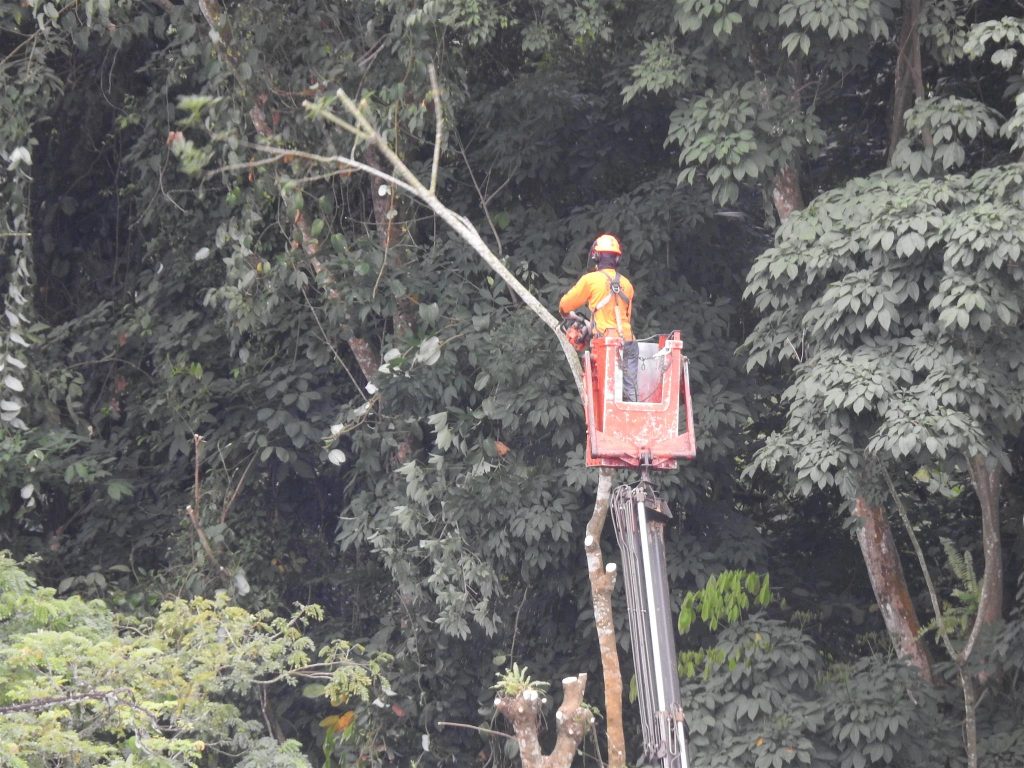
In addition to the Work Permit, employers must also pay a monthly levy for each foreign worker employed. These levies—issued by the Ministry of Manpower (MOM) to keep the work pass viable and to maintain the ratio of foreign workers to Singaporean workers currently employed—are due each month for all workers, regardless of their physical condition to work. This has sometimes resulted in cases where employers cancel work permits and repatriate injured workers to avoid shouldering the burden of monthly levies.
The Work Permit and monthly levy are the two components that enable migrant workers to legally work in Singapore. If a worker becomes injured during his time here, he is able to receive medical attention and will have insurance coverage for his injuries. The insurance will cover up to $36,000 if the injury is work-related, and $15,000 if otherwise. The worker who sustained an injury from a workplace incident is also entitled to workplace compensation. The insurance coverage for medical expenses and workplace compensation are both detailed in the Workplace Injury Compensation Act (WICA). To receive compensation, the worker has to make a claim for medical leave wages or expenses. If approved, the employer is legally required to provide this compensation, even if the worker is no longer working for the company.
However, this process of medical treatment and compensation can become contentious and complicated, especially if an employer cancels an injured employee’s Work Permit, citing the cost and inefficiency of paying monthly levies without the actual use of labour. Unless the worker files a claim with MOM for compensation and receives a Special Pass that allows him to remain in Singapore during the claims process, he is vulnerable to being repatriated. It’s important to note at this juncture, however, that not all migrant workers face complications and obstacles with medical expenses and compensation.
Several of those I interacted with (most of whom hail from Bangladesh) stated that they have managed to navigate the healthcare process without much difficulty or that they have supportive employers.
Injury, Treatment and Compensation: Common Obstacles
In theory, the ideal “work injury” scenario would play out as such. Upon sustaining an injury at work, the migrant worker will report it to his employer and proceed to the hospital for treatment. (If his condition is serious enough to warrant over three days of sick leave, his employer has to notify MOM of the injury.) After the hospital provides a medical report, expenses are covered by the employer’s insurance, and the worker must attend all medical appointments during his course of treatment. Following that, he files a claim through WICA for compensation for his injury and missed wages. During the recovery period, the employer should assign lighter work duties suitable for the worker to handle with an injury. Then, after MOM issues the calculated amount, the employer is to pay the worker his compensation within 21 days of notice. Throughout this entire period, the worker can stay at his employer-provided dormitory and is entitled to his meals.
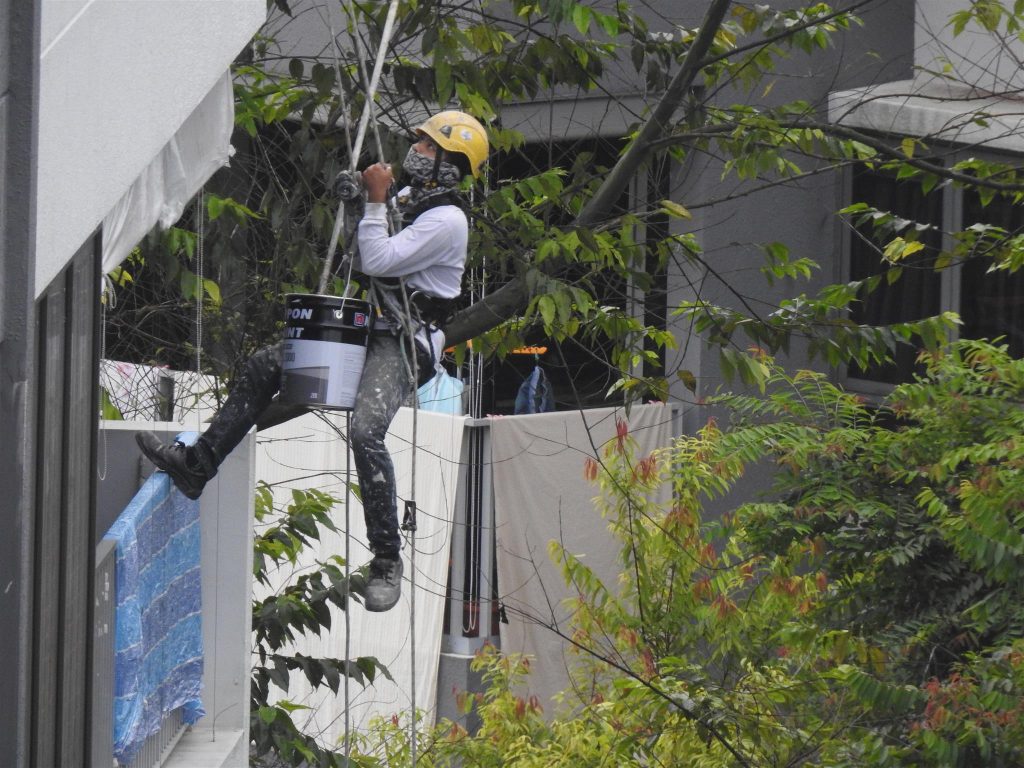
While the preceding section paints an ideal “work injury” situation, there are many gaps in the current healthcare process that make it difficult for workers to maintain their jobs and also have a smooth recovery. This point was raised by the team behind Transient Workers Count 2 (TWC2), an organisation that helps to address migrant worker needs and advocate on their behalf. In my interview with them, TWC2 stated that workers are seldom equipped to navigate the process following a physical injury at work, and usually require the intervention of NGOs and SSOrgs.
A major obstacle migrant workers face is a basic lack of knowledge regarding their entitlements—to begin with, some are unaware they even have medical coverage. This could be due to little or no upfront information provided by employers concerning insurance policies and medical coverage.
In a study published by BMJ Global Health, a survey conducted with 433 migrant workers found that “only 61.4% of workers were certain they had medical insurance coverage”. What’s more, the same researchers found that the proof and guarantee of insurance—the “Letter Guarantee”—was often not in the possession of the migrant worker, without which the worker cannot make insurance claims. Not possessing this important document also causes some workers to mistakenly believe they have to bear their full medical expenses and avoid treatment entirely. For those who speak little to no English, there is the added struggle to communicate effectively with their doctors or figure out where to obtain information on related policies and insurance. Pre-existing debt is another reality migrant workers face. In the above-mentioned BMJ study, the 433 migrant workers interviewed cited cost as a major deterrent to receiving treatment, since many had already paid their employment agents expensive fees in order to come to Singapore.
A worker I spoke to at TWC2 shared that his agent’s fees had risen in the several times he’d travelled back and forth from Bangladesh to Singapore. He sustained an injury recently at work and will return to Bangladesh upon completion of treatment. However, he anticipates having to fork out around $10,000 to re-enter Singapore for work.
Medical Certificates and Sick Leave
For the migrant workers who do seek medical attention, receiving the prescribed treatment is another tricky issue. When a patient visits a clinic, the residing doctor usually prescribes medicine and issues a medical certificate (MC) to cover an employee’s sick leave days. However, employers generally hope to keep the number of MC days to a maximum of three—anything longer and they’re required to report the injury to MOM, which puts them at risk of an official investigation into their workplace safety regulations (and penalties for any breaches). As a result, many employers seek to minimise work-related injuries or avoid reporting them entirely. If a doctor prescribes less than three days of rest, however, the employer can simply assign his injured worker “light duties” and avoid having to file a report to MOM.

Doctors also play an important role in the process. While medical practitioners in Singapore generally abide by strict medical ethics and do not deny migrant workers the care they need, there have been reports of certain private clinics that have enabled employers to influence the type of treatment prescribed to the workers.
TWC2's ex-co member Debbie Fordcye spoke of cases involving employers that only permitted their workers to see specific private doctors, often resulting in a skewed treatment process that didn’t allow the workers to fully recover before resuming work. These back the findings of BMJ’s study , in which 12.5 per cent of the 433 workers interviewed claimed their MCs were not accepted unless they came from the company’s doctor. Occasionally, there are instances in which a doctor’s unfamiliarity with the employment system can create some unintended obstacles. This can occur, for instance, if the doctor gives the MC form to the employer instead of the employee. This becomes an issue if the worker and his employer get into a dispute about the former’s injuries—without proper, explicit documentation, the former be charged and jailed for lying about his injuries.
The Limbo Period and Risk of Repatriation
As mentioned earlier, a worker’s injuries are covered by the mandatory medical insurance provided by his employer. Though the claims process is fairly straightforward, problems can arise if the cost of the treatment (especially for severe injuries) exceeds the insurance coverage amount. Once the insurance runs out, any further expenses are left either to the hospital, the employer, or in some instances, the worker. At this point, the worker faces the dilemma of continuing treatment necessary for a full physical recovery, or withdrawing to prevent further accumulation of financial debt (refer to earlier section on expensive employment agent fees). Though the injured worker can pursue legal action to obtain medical compensation beyond that which is covered by the insurance, a lawsuit involves additional costs and is not a popular choice.
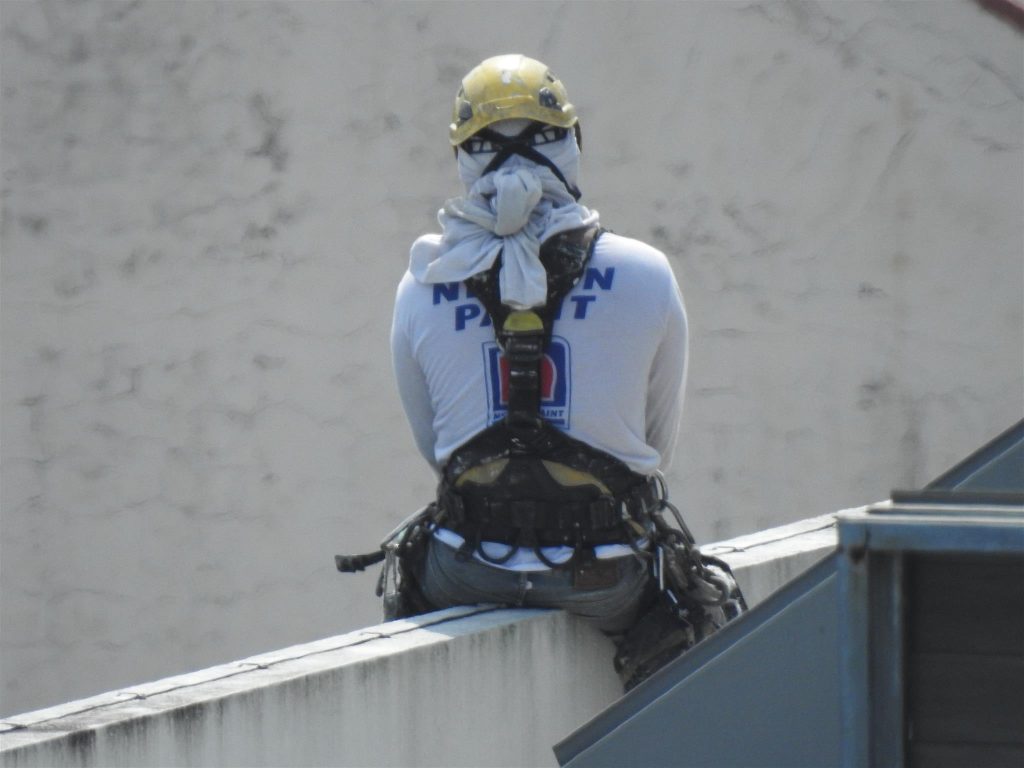
When his healthcare costs exceed the insurance limit, the migrant worker finds himself in a vulnerable state of limbo. While awaiting compensation claims, he is at risk of having his Work Permit revoked, especially if his injuries are serious and his employer sees more incentive in replacing him with a new foreign hire. Moreover, if he did not manage to file a claim with MOM immediately after the cancellation of his Work Permit, he can be forced to leave the country before receiving his compensation claim. Repatriation of a seriously injured worker not only hinders his treatment process, but also denies him of his legal right to compensation. Under Singapore’s laws, it is illegal to repatriate an individual who has filed a claim, yet there remain cases of attempted forced repatriation.
One of these instances was reported by TWC2 in a 2016 eyewitness account: a worker was at the airport and asked to leave the country in the midst of his injury claims process. I learned of numerous other incidents involving gangsters hired by employers to force workers out of their dormitories. If not for the intervention of NGOs and SSOrgs, some of these workers would’ve been sent home before they could receive their entitled medical treatment and compensation.
The Special Pass
If a worker’s Work Permit has been cancelled by his employer, he can file a claim with MOM through WICA. While his claim is being processed, he is given a Special Pass, which not only allows him to stay in Singapore during this interim period, but also makes it much harder for employers to repatriate him. Additionally, as long as a worker is on his Special Pass, his employer is obliged to house him and see to his basic needs.
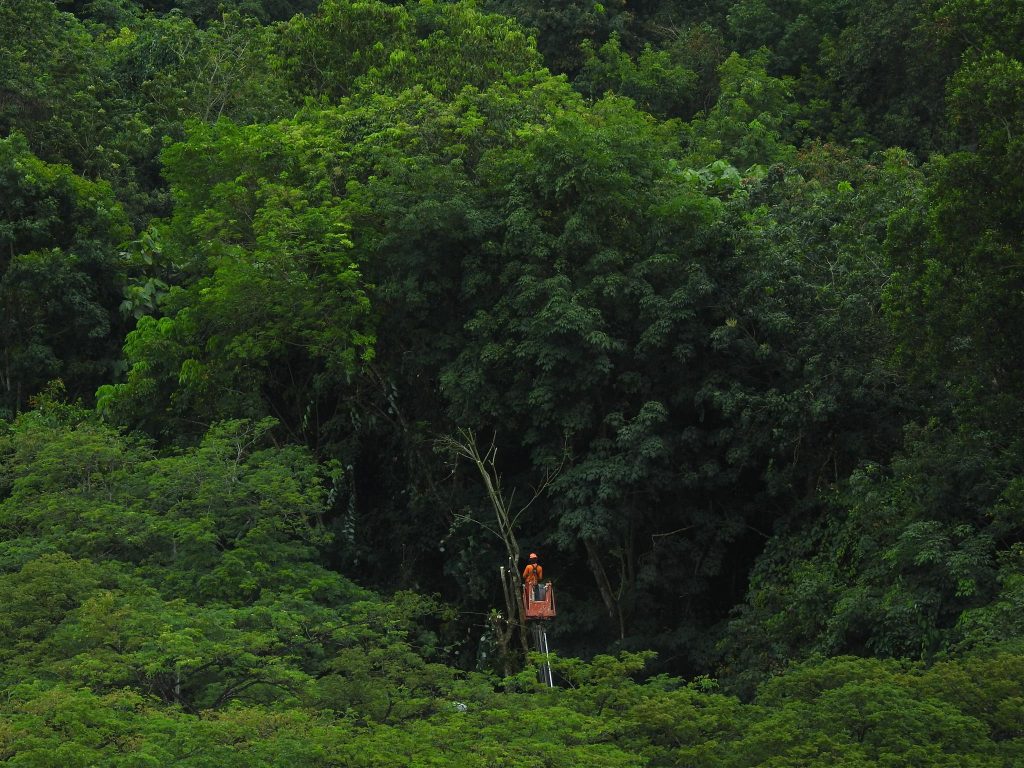
In practice, however, many injured migrant workers on their Special Pass rarely rely on the food and housing provided by their employers. Though they’re entitled to the provided meals, the food is often delivered to the worksites where the other workers are. Injured workers thus have to purchase their own food or cook their meals, but accessing eating places or supermarkets is logistically challenging because the dormitories are located in remote areas of Singapore. Travelling all the way out for food is made even more inconvenient if the migrant worker is severely injured. The distance from their dorms to hospitals also makes it difficult for workers to go for medical appointments and receive follow-up treatment. As a result, many injured workers opt for alternate housing in more convenient locations. However, getting their own place comes with the added financial burden of rent. And because workers holding a Special Pass are not allowed to find employment, their debt continues to accumulate.
Help Available and Areas for Improvement
Fortunately, several NGOs and SSOrgs are actively working to assist migrant workers with their compensation claims and provide support during their recovery. The workers I spoke to reside in Little India, in NGO-provided housing that comes with free daily meals. This has been a boon for them: having a safe place to stay while receiving treatment and awaiting their medical compensation alleviates much of their financial stress. During the writing of this article, I also came to know of TWC2’s Cuff Road Food Programme, which offers free meals to migrant workers on Special Passes, or those who have trouble with injuries or compensation. Hosted at two different restaurants within Little India, an average of several hundred men visit them every day for food.

Certainly, all the social organisations I spoke with commended MOM for raising the medical coverage amount. (Before 2016, the compensation amounts for permanent injuries or death for migrant workers were a minimum of S$73,000 and S$57,000, respectively; and medical coverage was up to S$30,000 or one year from the date of the accident. After 2016, however, MOM instituted changes to WICA, raising all amounts, and most notably, medical coverage for work-related injuries, from $30,000 to $36,000.)
But although migrant workers stand to benefit from this increase, most believed more could still be done to make healthcare more affordable. At present, foreign workers are not entitled to subsidised healthcare pricing and have to pay the full rates. Availing this group to subsidised fees would greatly help in preventing their bills from escalating and reaching the insurance coverage limit too soon. Beyond policy changes, all stressed the importance of injury prevention. TWC2 and another SSOrg pointed out that some work environments pay little regard to worker safety and health, and that the authorities should keep a closer watch in such cases. A final suggested area for improvement was communication. Even though MOM does produce multi-language publications on worker injury policies, they can be placed in prominent locations within clinics and hospitals, within the reach and visibility of the workers. With more information, migrant workers can be more aware of their healthcare entitlements, communicate more effectively with their doctors, and stand to benefit from treatment.
“I’m happy now,” said Mohammad, above the whir of the ceiling fan above us. “Why?” I asked, surprised he would say so in spite of his sufferings. His reply was simple: he was grateful for the high quality of medical treatment he received in Singapore and the help and support of local NGOs in his recovery period. Mohmmad’s words lingered in my mind long after I exchanged goodbyes with him and his friends that evening in Little India. I went home that day with an important takeaway: Mohammad and I may lead very different lives, but having a sense of entitlement to healthcare and personal agency over our well-being are the two things that make us happy.
Though this article only skims the surface of the complex issue of migrant workers’ access to healthcare in Singapore, I hope to have shed some light on certain challenges they face. It is not my intention to generalise the experiences of this community, nor the practices of all employers. Rather, I hope that this write-up will bring about increased discourse on the topic and lead to positive social outcomes for this important group of people.
All images courtesy of Joseph Tey.
 |
Esther Yeung was a 2018 Summer Associate (Editorial) at the Lien Centre for Social Innovation. Originating from Wisconsin, USA, she is a third-year undergraduate at the University of Pennsylvania, where she majors in Political Science with a concentration in International Relations and double minors in Law and Society and Asian American Studies. Esther is also an associate editor of the Penn Undergraduate Law Journal, and a Senior Peer Advisor for academic advising within the College of Arts and Sciences. She is passionate about foreign policy and international law, and the applications of both to promote social change and the preservation of human rights for the greater global community. Alongside her academic interests, she enjoys playing tennis, listening to music and travelling with friends to find new bubble tea shops. She can be reached at esyeung@sas.upenn.edu |




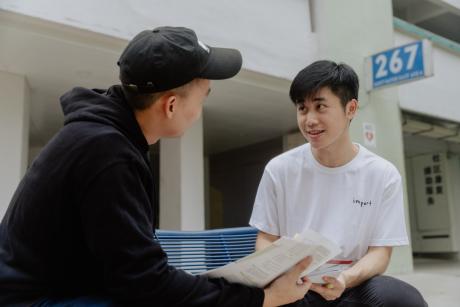



Comments